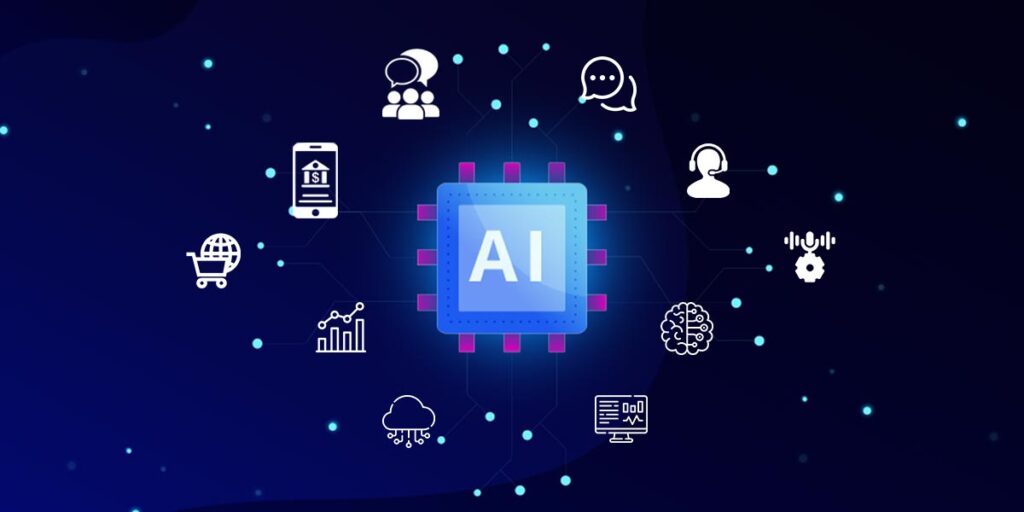Your AI Hub Harnessing Efficiency through Centralization
In the modern digital landscape, the concept of an AI hub stands at the forefront of innovation, offering a powerful means to harness efficiency and streamline operations through centralization. As organizations increasingly rely on artificial intelligence to drive decision-making, improve processes, and enhance customer experiences, the need for an integrated AI infrastructure becomes ever more apparent. The AI hub represents a centralized platform or ecosystem that consolidates various AI technologies, tools, and resources, providing organizations with a unified approach to managing their AI-driven initiatives. One of the key benefits of an AI hub is its ability to eliminate fragmentation within an organization’s AI landscape. Often, businesses deploy multiple AI systems across different departments or projects, leading to siloed data, inconsistent processes, and challenges in scalability. A central AI hub overcomes these issues by bringing together disparate tools and resources, allowing for seamless collaboration and data sharing across teams.

This centralized architecture not only enhances operational efficiency but also reduces duplication of efforts, as teams can leverage a shared pool of AI models, algorithms, and datasets. Another crucial aspect of an AI hub is its role in accelerating the development and deployment of AI solutions. Centralization allows organizations to standardize workflows, ensuring that best practices are followed consistently across the board. It enables the creation of a cohesive pipeline for AI model development, testing, and deployment, which can significantly shorten time-to-market. With the complexity of AI models and their implementation increasing, having a centralized hub makes it easier to manage the end-to-end lifecycle of AI projects, from ideation and data collection to model training and deployment. Moreover, an AI hub provides a scalable and flexible foundation for the future. As businesses scale and their AI needs evolve, the hub can grow to accommodate new models, data sources, and applications. It ensures that AI initiatives remain adaptable, supporting both short-term goals and long-term strategic objectives.
The AI hub also enables organizations to maintain control over their AI assets, ensuring data privacy, security, and compliance with regulatory requirements. In addition to its internal benefits, an AI hub also enhances the organization’s ability to collaborate externally. By centralizing AI capabilities, businesses can foster partnerships with third-party vendors, research institutions, and other stakeholders, creating a collaborative ecosystem that drives innovation. This openness encourages the exchange of knowledge and expertise, which can lead to the development of new AI solutions and applications that might not have been possible in a more fragmented environment. An AI hub serves as the cornerstone of an organization’s AI strategy, maximizing efficiency, promoting collaboration, and ensuring scalability and great site Suprai.io. As AI continues to evolve, businesses that embrace centralization will be better positioned to navigate the complexities of the digital age and unlock the full potential of artificial intelligence.
